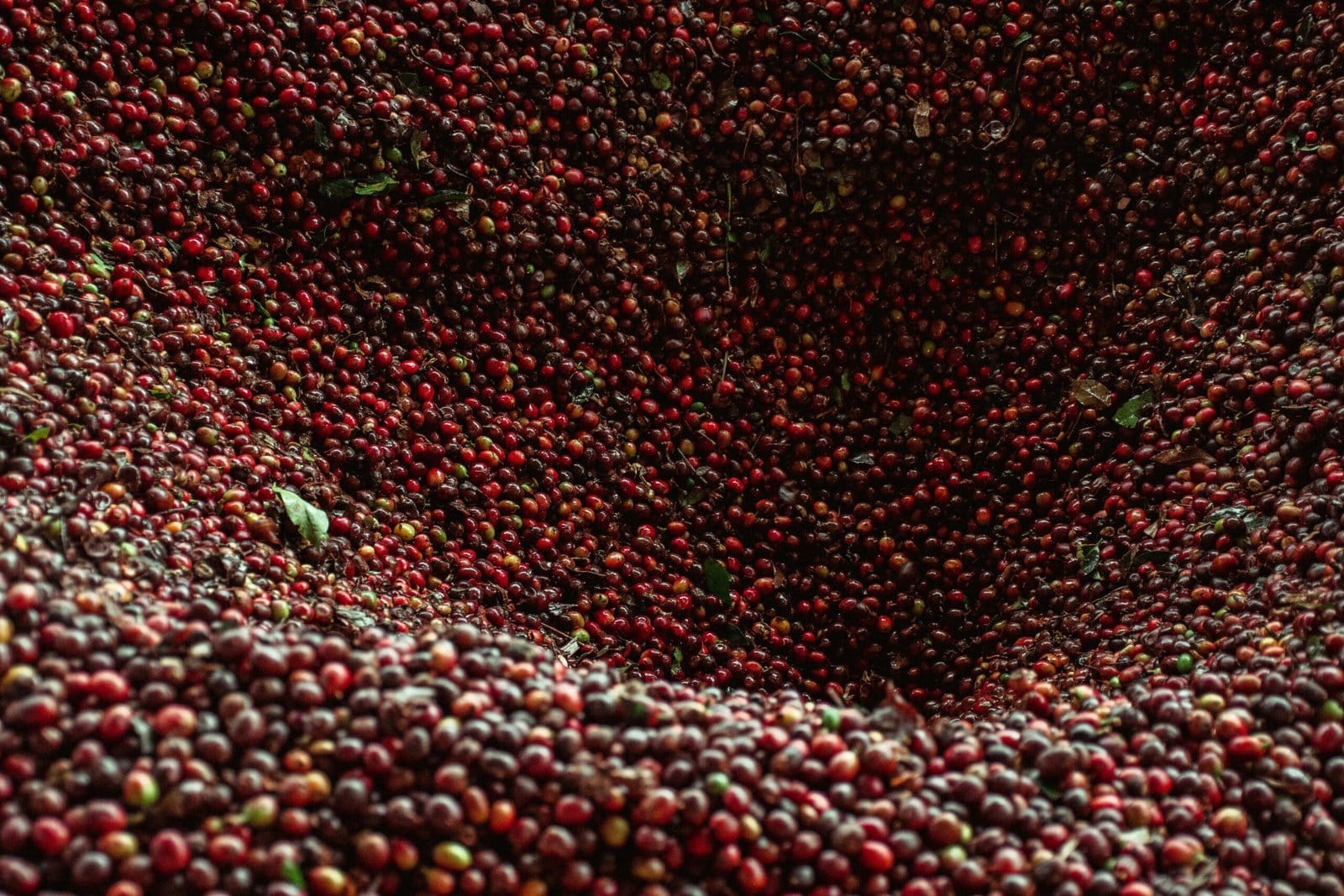Your cart is currently empty!

The Journey of Coffee: From Bean to Brew
The journey of coffee begins with the coffee cherry, which is the fruit produced by the coffee plant. This process takes place primarily in regions known as the coffee belt, which stretches from the Tropic of Cancer to the Tropic of Capricorn. Among the key areas for coffee cultivation, Ethiopia and Brazil stand out. Ethiopia is often revered as the birthplace of coffee, where the Arabica coffee plant is native. Brazilian coffee beans, on the other hand, are known for their distinctive flavor profiles and robust production, making Brazil the largest coffee producer globally.
Www.construction.Comercio.help
After the cherries are harvested, they undergo a meticulous processing stage that plays a critical role in determining the flavor of the coffee. The two primary methods of processing are wet and dry methods. In the wet method, cherries are pulped to separate the beans from the fruit and then fermented to remove the mucilage. This method often results in a cleaner flavor, emphasizing the bean’s inherent qualities. Conversely, the dry method involves sun-drying the cherries, allowing the beans to absorb flavors from the fruit, which can contribute to a fuller, fruitier taste.
Once the coffee beans are processed and dried, they are roasted, which is a crucial step in developing their flavor. During roasting, the temperature and duration significantly affect the final product. Lighter roasts typically showcase the beans’ origin characteristics, while darker roasts tend to emphasize smoky and rich flavors. After roasting, the beans are ground and brewed, a process that can vary widely, from espresso to French press. Each brewing method extracts different flavors, highlighting the importance of the journey from bean to brew in shaping the coffee experience we savor today.
Ethiopian Coffee: The Land of Diverse Flavors
Ethiopia is often hailed as the birthplace of coffee, possessing a rich heritage that has significantly influenced global coffee culture. The country is home to several renowned coffee-growing regions, each characterized by its distinct varieties and tasting notes. Notable regions include Sidamo, Yirgacheffe, and Harar, which contribute to the diversity of Ethiopian coffee. Sidamo coffee, for instance, is celebrated for its wine-like and floral qualities, while Yirgacheffe beans are noted for their bright acidity and fruity flavors. Harar coffee, on the other hand, is known for its wild and complex flavor profile, often featuring hints of chocolate and berry.
The cultivation and processing methods employed in Ethiopia also play a crucial role in shaping the taste of its coffee. Traditional practices like the natural drying method enhance the fruity notes of the beans, while the washed processing method tends to highlight their clarity and brightness. These methods are rooted in centuries of cultural significance, reflecting the deep connection between Ethiopian society and coffee cultivation.
Coffee in Ethiopia transcends mere consumption; it is an integral part of social and cultural life. The traditional coffee ceremony is a highly revered practice, where coffee is roasted, ground, and brewed in the presence of guests, fostering a communal atmosphere. This multifaceted ritual showcases the importance of hospitality and connection among individuals, further solidifying coffee’s role within Ethiopian culture. Additionally, locals have developed unique customs surrounding coffee, with various rituals marking its preparation and enjoyment.
With the harmonious blend of distinctive flavors, traditional cultivation methods, and rich cultural practices, Ethiopian coffee presents a captivating experience for connoisseurs and casual drinkers alike. Its global recognition continues to inspire appreciation for the intricate artistry of coffee-making and the diverse flavors originating from this remarkable land.
Brazilian Coffee Production: A Global Powerhouse
Brazil stands as the largest coffee producer in the world, contributing approximately one-third of the global supply. The country’s extensive coffee-growing regions, notably Minas Gerais and São Paulo, are renowned for their diverse microclimates and rich soil, which create ideal conditions for coffee cultivation. In particular, Minas Gerais is celebrated for its specialty coffees, with varying altitudes and distinct flavor profiles that cater to a broad audience. São Paulo, on the other hand, offers a mix of both arabica and robusta beans, further solidifying Brazil’s position in the international coffee market.
Brazilian coffee production employs a variety of cultivation methods. Traditional techniques such as the selective picking of ripe cherries have been augmented by more modern approaches, including mechanization in some regions. This hybrid model promotes efficiency while maintaining the quality of the beans. The country’s warm climate and well-defined rainy seasons also play a crucial role in the growth cycle of coffee plants, influencing the flavor and aroma characteristics that are prized by coffee connoisseurs worldwide.
The economic significance of coffee farming in Brazil cannot be overstated. Coffee exports are a major driver of the country’s economy, impacting employment and livelihoods for millions of people. However, Brazilian coffee farmers are currently facing numerous challenges, primarily due to climate change, which has resulted in shifting weather patterns and increased occurrences of pests and diseases. Additionally, market fluctuations pose risks, as prices can be unpredictable, often influenced by global supply and demand dynamics. Despite these hurdles, Brazil continues to innovate in coffee production, seeking sustainable practices to adapt to changing conditions, ensuring its vital role in the global coffee market remains secure.
The Global Coffee Market: Trends and Future Outlook
The global coffee market is experiencing a dynamic transformation, characterized by shifting consumer preferences, evolving production methods, and a growing emphasis on sustainability. One significant trend is the rising demand for specialty coffees, which are often perceived as higher quality and more unique than conventional options. Consumers are increasingly seeking transparency regarding the origin of their coffee beans, leading to greater appreciation for single-origin, artisanal, and sustainably sourced varieties. This shift toward specialty products not only provides an opportunity for quality-driven producers but also encourages innovation within the coffee industry.
Additionally, sustainability efforts are becoming paramount in coffee farming practices. With climate change posing significant challenges to traditional coffee-growing regions, producers are adopting environmentally friendly cultivation techniques. This includes promoting biodiversity, reducing pesticide usage, and implementing water conservation strategies. As consumers become more eco-conscious, their preference for sustainably sourced coffee has the potential to drive market growth, leading businesses to explore certifications such as Fair Trade and organic labeling, which resonate with ethical consumption trends.
Another crucial development in the coffee market is the increasing significance of direct trade relationships between producers and consumers. This model not only fosters fairer compensation for farmers but also enhances the storytelling aspect of the coffee experience. By establishing direct connections, consumers gain insights into the production process, thereby cultivating a stronger emotional bond with their coffee. As coffee culture expands globally, marked by trends such as coffee tourism and social media engagement, the consumer’s role in shaping this market becomes ever more pronounced.
Emerging markets are also playing a critical role in the future of coffee consumption. As middle-class populations grow in regions such as Asia and Africa, there is a notable increase in coffee consumption patterns reflecting Western preferences. The integration of coffee culture into daily life in these areas presents new avenues for industry expansion and consumer engagement. Overall, the coffee market stands at a crossroads, with significant trends shaping its trajectory and potential for growth in the years to come.


